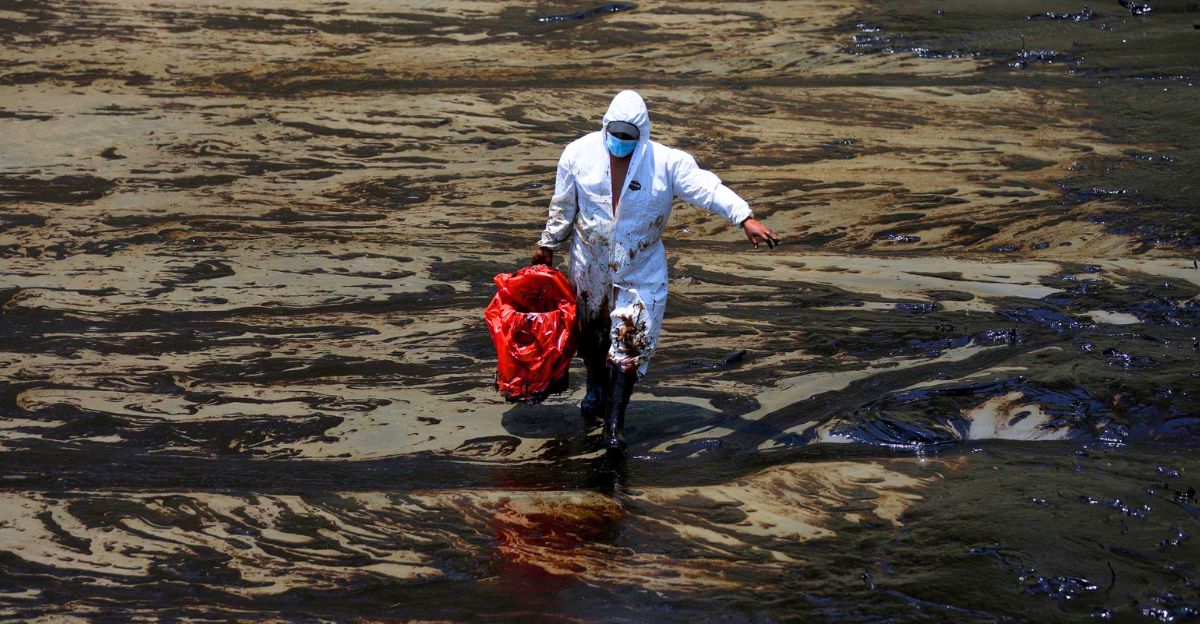
Chevron’s Bishop well near Galeton, Colorado, had a disastrous blowout in April 2025, releasing an estimated 3.8 million gallons of toxic sludge as well as produced water (80%) and hydrocarbons, for almost five days. Crude oil, drilling chemicals, natural gas, and tainted water made up this dangerous concoction of sludge that uncontrollably leaked onto houses, roads, rivers, and even an elementary school.
Chevron has avoided fines despite the massive scope and obvious environmental harm. Instead, it is managing the fallout through liability insurance and continuous cleanup operations. This incident serves as a reminder of the dangers associated with the extraction of fossil fuels, the difficulties regulators encounter in upholding environmental regulations, and the difficulties in cleaning up a spill of this magnitude.
Historical Background and Industry Standards
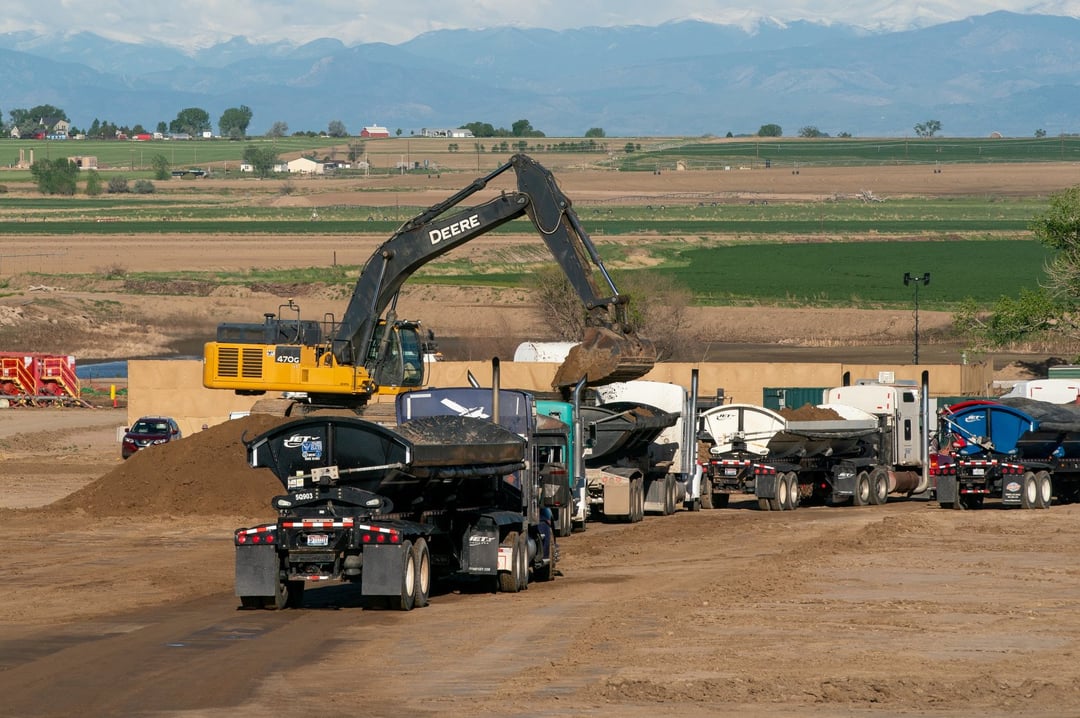
Although not unheard of, Colorado oil spills have typically been more minor and more contained than the recent Chevron catastrophe. For instance, approximately 340 barrels of oil were spilled in 2020, and approximately 8,000 barrels of tainted water were spilled in 2022. These minor incidents were handled rather swiftly and caused little long-term harm. However, the Galeton spill was unprecedented in both scope and duration, releasing more than 91,000 barrels of toxic waste fluid.
In the past, significant spills have frequently acted as wake-up calls, resulting in industry advancements and regulatory changes. However, this most recent incident implies that the lessons learned from previous incidents are still not being applied effectively, and that the delicate balance between environmental safety and economic interests is still present.
Regulatory Environment and Enforcement Difficulties
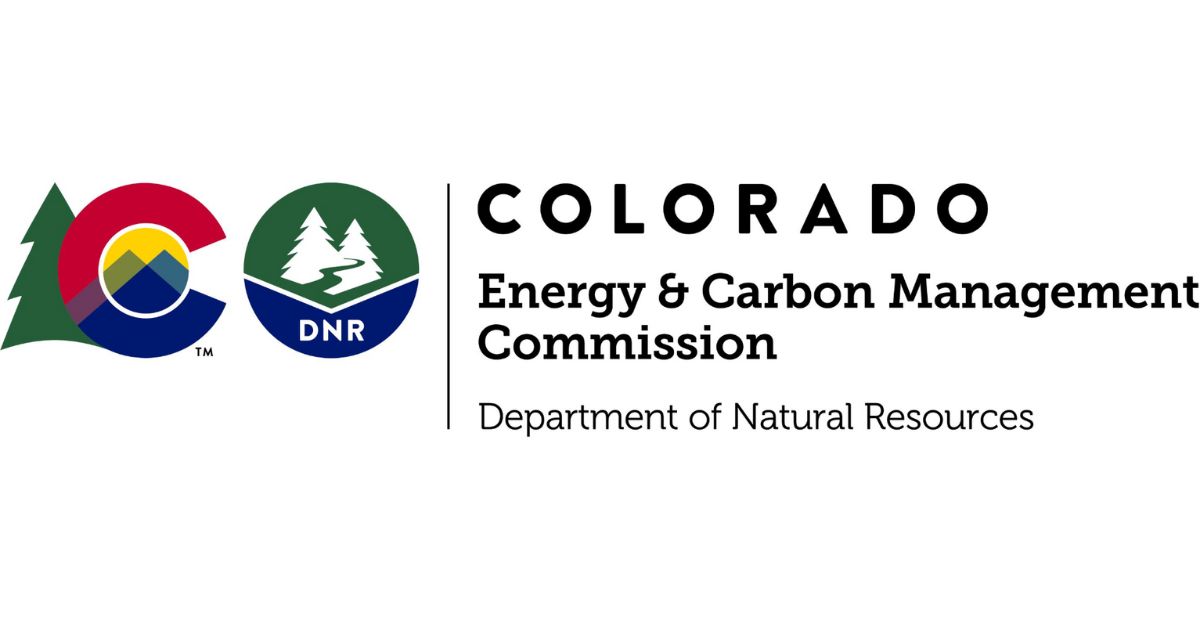
In response, the Colorado Energy and Carbon Management Commission (ECMC) has issued a Notice of Alleged Violation against Noble Energy, a subsidiary of Chevron, pointing to six rule violations, including chemical pollution, safety protocol violations, and failure to control the well. Nevertheless, no fines have been imposed as of yet, and these infractions are still pending investigation.
Environmental activists and impacted communities are irritated by this delay and want prompt justice. The enforcement environment is made more difficult by Chevron’s capacity to fund cleanup through internal resources and insurance, forcing regulators to strike a balance between taking punitive measures and making sure remediation works.
Effects on the Environment and Public Health

Over a two-mile radius, the toxic sludge from the spill contaminated air, soil, and water sources with dangerous chemicals like benzene, a known carcinogen. Concerns regarding long-term health risks to residents, such as respiratory problems, cancer risks, and neurological effects, have increased after independent researchers from Colorado State University discovered toxin levels that were noticeably higher than those stated by state officials.
In terms of ecology, the contamination impacted “high priority habitat” areas, endangering biodiversity and local wildlife populations. Cleaning up the spill could take up to five years due to its complex chemical makeup, and some toxins will remain in the environment for much longer.
Impacts on the Community and Psychology
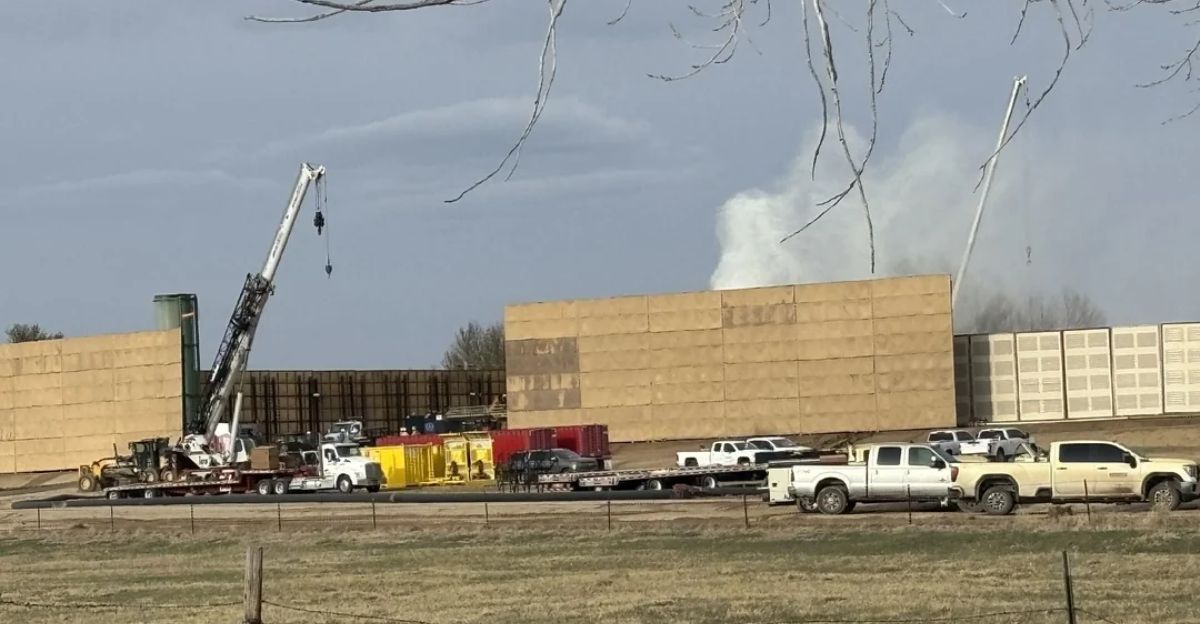
The Galeton community has experienced severe psychological stress as a result of the spill, in addition to physical contamination. Community cohesion and mental health have been undermined by extended evacuations, a lack of knowledge about health risks, and mistrust of Chevron and government authorities. As they wait for lucid information and efficient remediation, residents express feelings of abandonment, anxiety, and depression.
These stresses are made worse by the slow cleanup and opaque communication, which erode public confidence in the institutions tasked with safeguarding the public interest. Because of the spill’s effects on community mental health, disaster response frameworks must incorporate psychological support and community engagement to ensure that recovery takes into account both environmental restoration and the social resilience of impacted populations.
Chevron’s Corporate Strategy

Although Chevron has committed to cleanup and community dialogue as part of its public response, some contend the company’s transparency has been inadequate and delayed. In order to control remediation expenses without having to deal with immediate fines or more severe penalties, Chevron’s approach makes use of its significant financial resources and insurance coverage.
Chevron may be sending a message that, despite their regrettable nature, environmental accidents are controllable business risks rather than systemic failures necessitating significant operational changes by placing a higher priority on financial risk management. This corporate stance calls into question whether the current regulatory frameworks can force considerable behavioral changes in major energy corporations and challenges public expectations of accountability.
The Argument Against Immediate Penalties
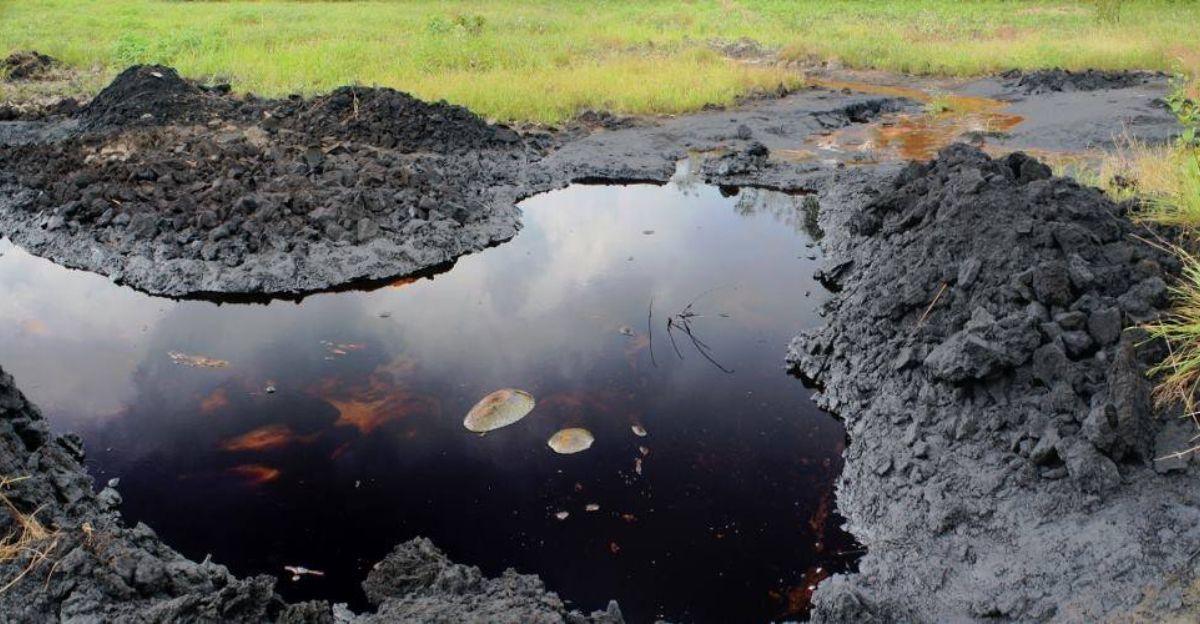
Imposing immediate fines during an ongoing cleanup could unintentionally impede remediation efforts by directing funds toward legal defenses rather than environmental restoration, according to contrarian theory. Given its financial stability, Chevron should be able to pay for the multi-year cleanup without endangering business operations or public safety.
This point of view questions the widely held belief that fines are the main instrument for accountability and instead supports a practical strategy that strikes a balance between enforcement and remediation effectiveness. The complexity of major industrial accidents and the need for flexible regulatory responses that put long-term environmental and community health outcomes ahead of immediate retaliation are acknowledged by such a strategy.
Future Trends and Wider Industry Implications

As oil and gas operations increasingly encroach on populated and ecologically sensitive areas, the Galeton spill is a sign of growing environmental risks. It emphasizes how urgently stronger safety regulations, improved real-time monitoring tools, and effective emergency preparedness plans are needed. By highlighting the hidden social and environmental costs of relying too heavily on fossil fuels, this incident could hasten the energy transition.
The aftermath of the spill may spur changes in the industry as a whole, such as increased spending on environmental protection and infrastructure integrity. In the end, this incident might change the oil and gas industry’s operational and compliance paradigms, impacting public opinion and policy discussions regarding energy production and sustainability.
Model of Risk, Accountability, and Remediation

Adoption of a new “Risk-Responsibility-Remediation” (3R) framework that combines corporate accountability, operational risk assessment, and thorough environmental and social remediation is encouraged by the Chevron spill. This model prioritizes effective cleanup that addresses ecological damage and community health, transparent risk communication, and vigorous responsibility enforcement.
Since environmental disasters have an effect on social cohesiveness and mental health, the 3R framework also takes into account psychological and social factors. By using this strategy, companies and regulators can change crisis management from a confrontational dispute to a collaborative problem-solving process, promoting a sustainable coexistence of community welfare and energy production.
Bringing the Chevron Spill Debate to Light
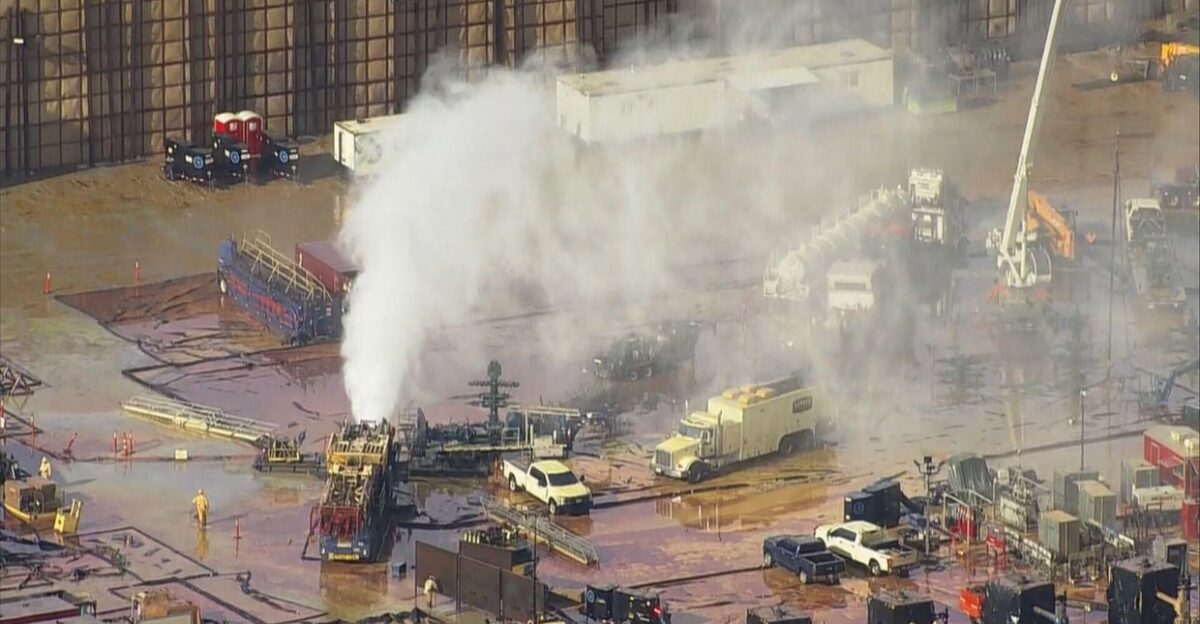
The Colorado Chevron spill serves as a clear example of the dangers associated with extracting fossil fuels as well as the shortcomings of the laws and business practices in place today. A measured strategy that strikes a balance between enforcement, efficient cleanup, and community involvement may ultimately benefit impacted populations more, even though public calls for accountability are warranted.
This case pushes for strategic alliances that foster resilience, creativity, and moral responsibility, challenging us to rethink environmental justice beyond punitive measures. It demands a paradigm change in the way society handles industrial risks, placing more emphasis on cooperation, openness, and sustainability over immediate culpability. Cleanup is underway with ongoing air, water and soil testing. No definitive long-term health impacts have been published yet.







